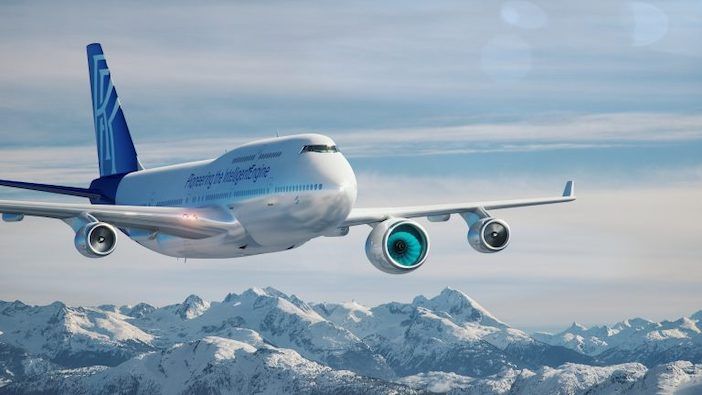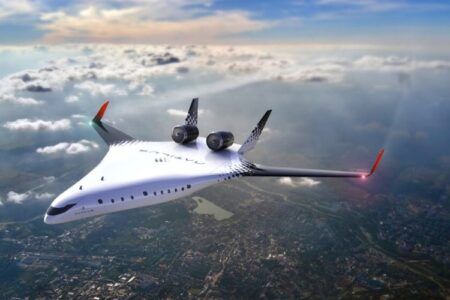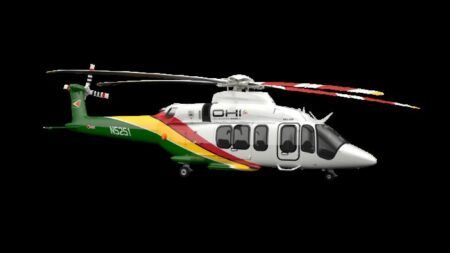Testing provider AeroTEC is to modify a retired Qantas Airways 747-400 into a flying testbed for Rolls-Royce.
The Boeing airliner, which was used by Qantas for 20 years, has been bought by Rolls-Royce as part of a US$70 million investment to develop its next generation of aero-engines.
The aircraft was delivered to AeroTEC’s flight test center in Moses Lake, Washington, USA earlier this month and will now undergo a two-year modification program. Engineers will strip out the aircraft’s 364 passenger seats and cabin and replace them with instrumentation and data acquisition systems to measure the performance of engines in flight.
When complete, the modified aircraft will work alongside Rolls-Royce’s existing flying testbed, a Boeing 747-200 which has completed 285 test flights to date.
Flying testbeds are used by engineers to verify the performance envelope of newly developed engines, for example altitude testing and to monitor technologies in flight conditions after ground testing. GE Aviation also uses a modified 747-400, which is based at its Flight Test Operations center in Victorville, California, as a flying testbed for its engine development programs.
The 747 will test engines for both commercial and business aircraft and will be able to gather more data faster than ever before, using technologies that will be tested at higher altitudes and faster speeds, said AeroTEC.
The Rolls-Royce contract is enabling AeroTEC to expand its facilities and create 40 additional jobs in Moses Lake. Lee Human, AeroTEC’s president and founder said, “We are proud to partner with Rolls-Royce to modify their new flying testbed.
“It will enable the development of new, highly-advanced engine technologies designed to increase efficiency and minimize environmental impacts. Our engineering, modification, and test teams in Seattle and Moses Lake are already hard at work preparing to bring Rolls-Royce’s vision to reality.”
Gareth Hedicker, Rolls-Royce’s director of development and experimental engineering said, “This is a significant investment that will expand our world-leading test capabilities even further and will allow us to obtain more flight test data than ever before. After transporting millions of passengers on this beloved aircraft for 20 years, we’re excited to power it into the future.”





